China is moving on the road to become the top green steel producer by 2030, building on its competitive advantages in renewable energy and green hydrogen (H2) production. The steel majors' H2-ready DRI production lines support China's target of producing 15-20 mtpa of low-carbon steel by 2030. This process is shaped by the demand for electric vehicles and the growing need for green steel.
DRI technology uses fossil fuel-derived gases to deoxygenate iron ore into metallic iron, which currently mostly uses fossil fuel-derived gases. However, China's 2021-2035 Medium and Long-Term Hydrogen Industry Development Plan is strengthening its hydrogen strategy. By 2024, 2.5 GW of electrolyser capacity is expected to be reached, which could lead to an annual production of 220,000 tonnes of green hydrogen.
The China Hydrogen Alliance aims to reduce the cost of green hydrogen production to below RMB 25/kg (4 USD/kg) by 2025 and 2.40 USD/kg by 2030.
China's major steel producers are taking steps towards sustainability. HBIS Group is collaborating with automotive companies to produce low-carbon steel with H2-DRI. Baosteel aims to reduce carbon emission intensity by 50-80% with H2-DRI-EAF technology by 2026 and will start supplying green steel with 30% carbon reduction in its current production by 2024.
China's largest steelmakers, representing 22% of total production, are embarking on pilot projects for hydrogen-based steel production. These developments represent an important step towards achieving China's decarbonisation targets.


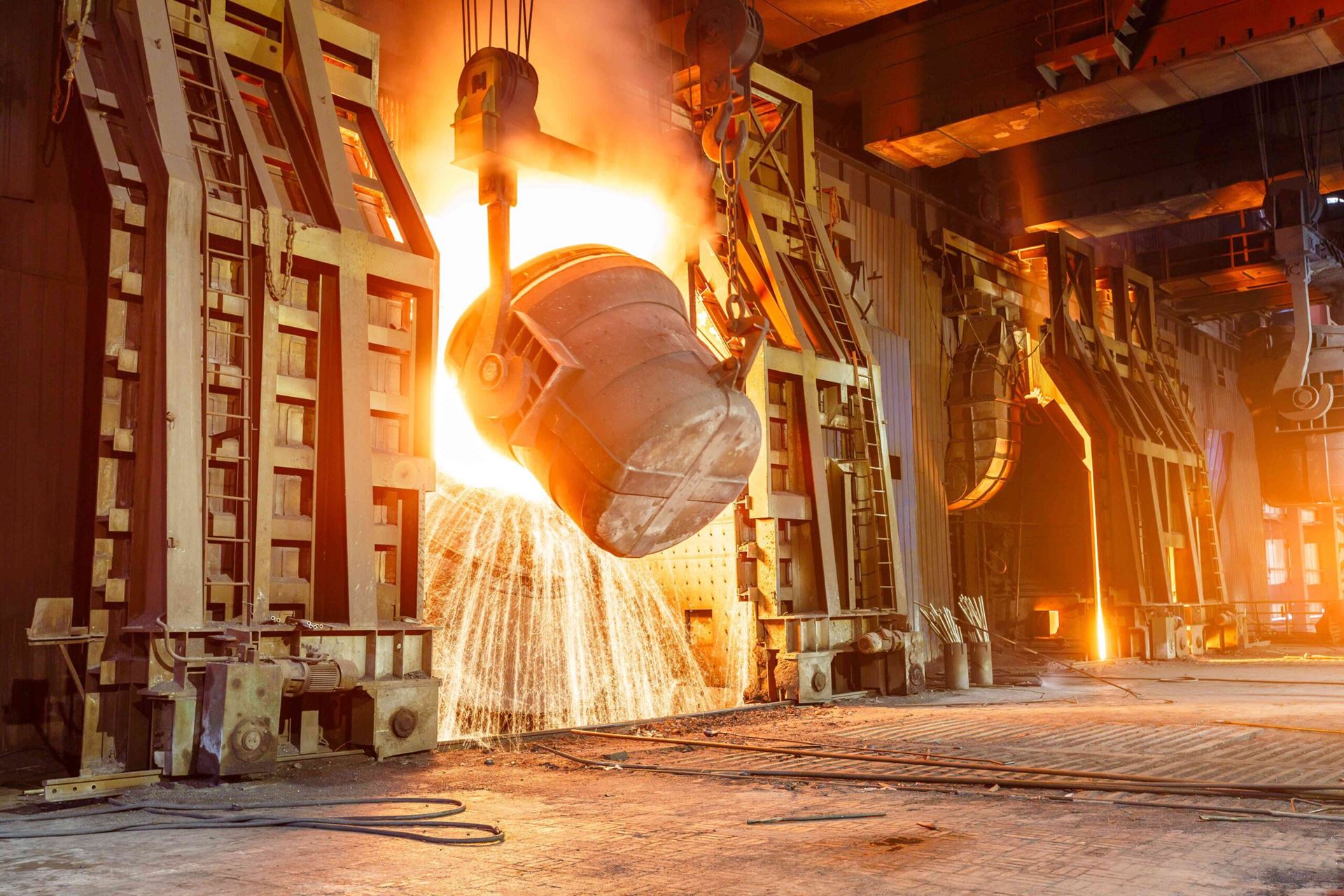



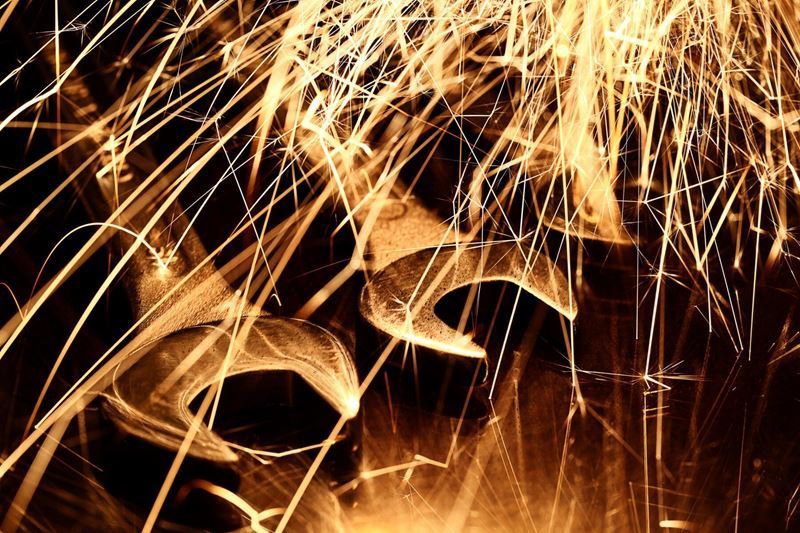
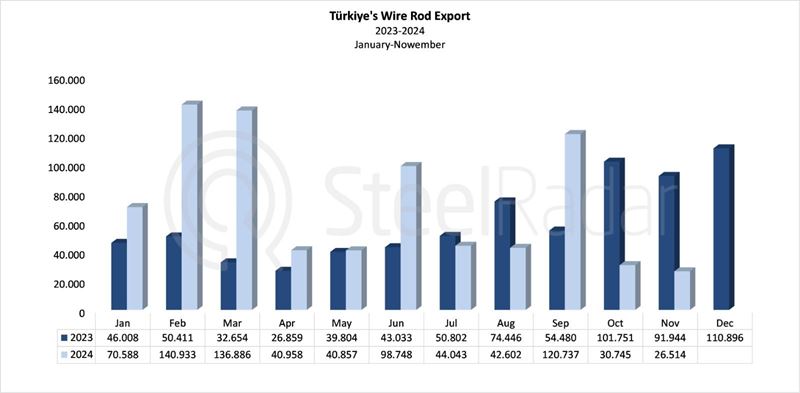
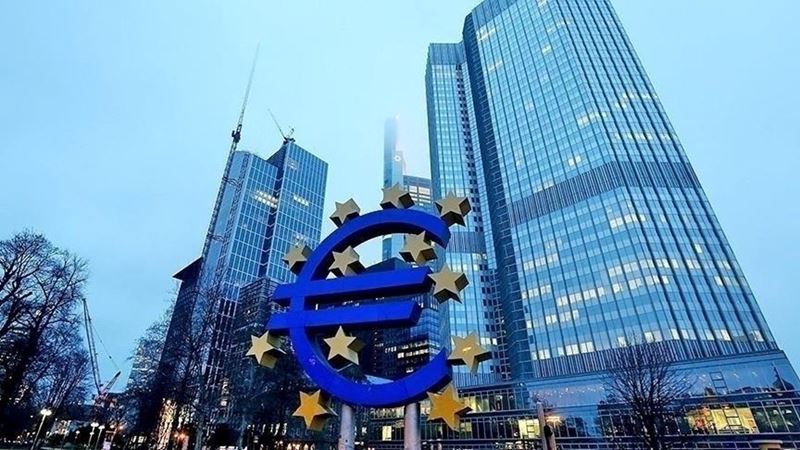
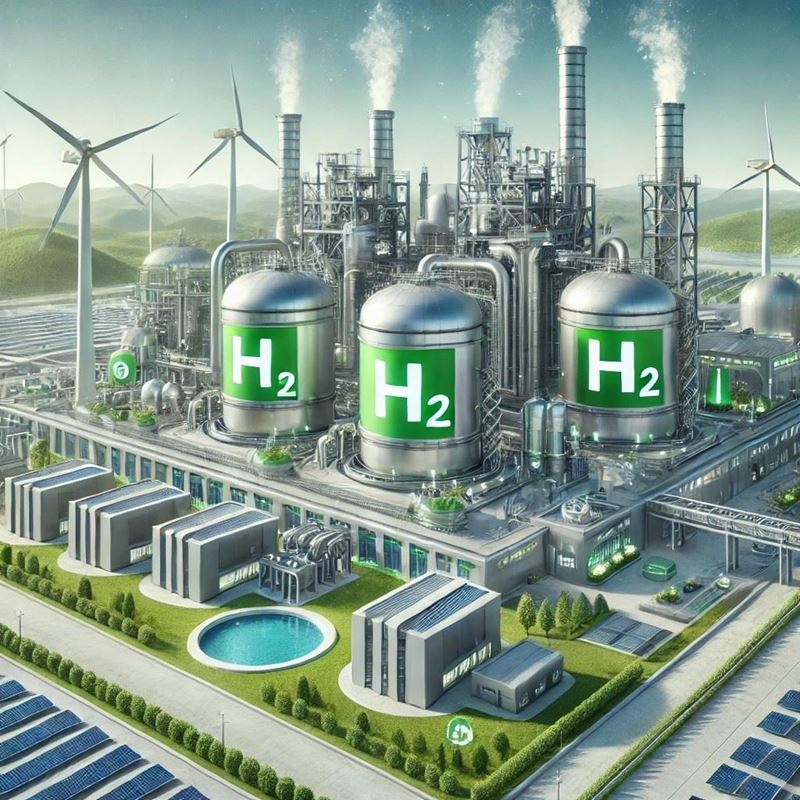

Comments
No comment yet.